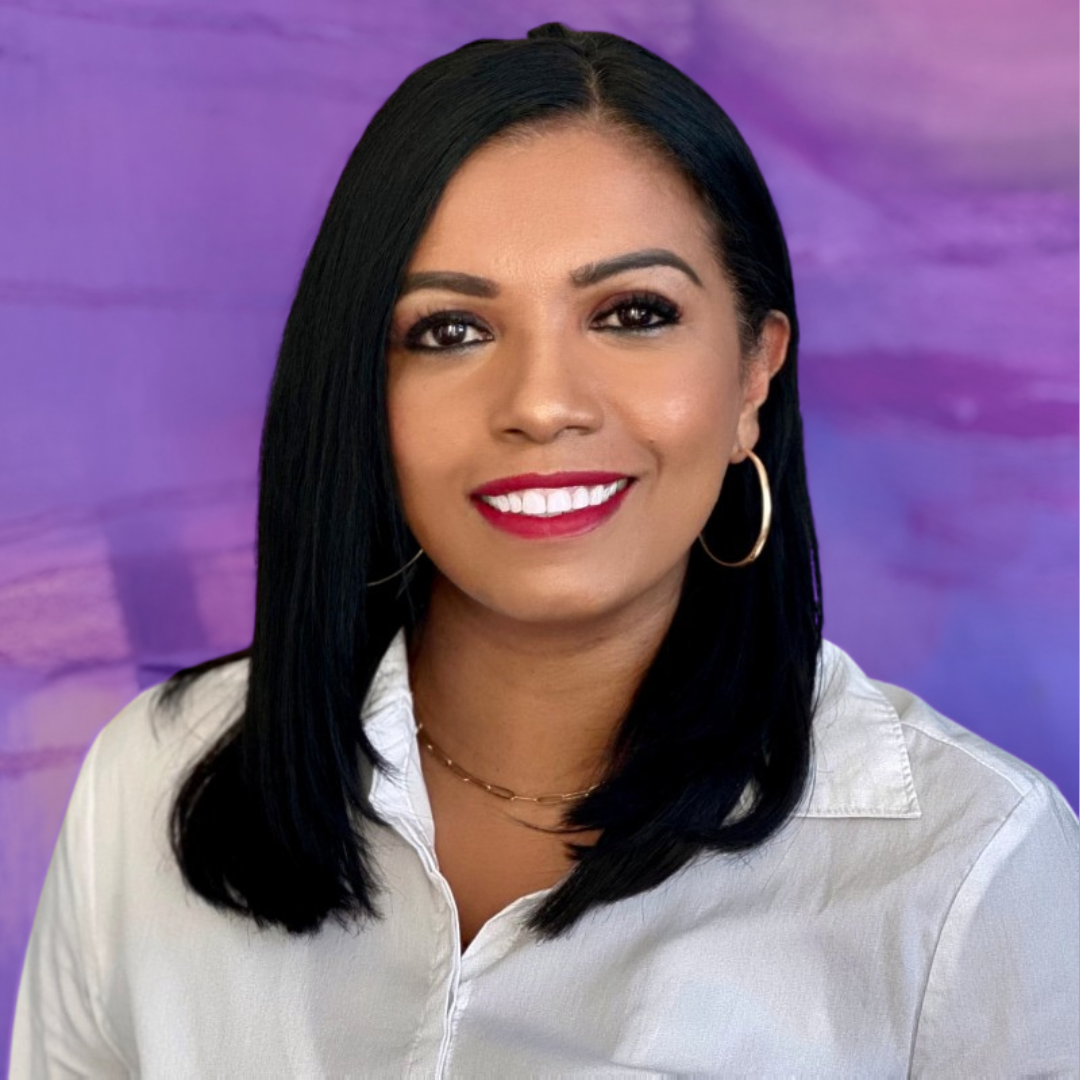After a new Women’s Health Division with an advanced Maternal-Fetal Medicine department opened at a leading Children’s Hospital, they quickly discovered a need to reduce documentation time and incorporate automation to recapture ultrasound revenue and prevent missed charges.
As the complexity of scans increased and additional sonographers were needed to meet demand, AS Software was acquired to replace a machine hardware reporting application for key ultrasound reporting integrations with Epic EHR to create operational and financial efficiencies while improving workflows for physicians and sonographers.
Challenge
Incomplete Documentation and Manual Administrative Tasks
With a goal to provide exceptional high-risk pregnancy care, precise ultrasound documentation needed to be captured across multiple complex scans and procedures. But lacking an Epic-integrated, automated system, there wasn’t a fully comprehensive patient view or accurate billing process.
Without a reliable, streamlined system in place, challenges in manual entry processes and time constraints led to missed charges and reimbursements for services provided – preventing ultrasound revenue reinvestments in patient care and sonographer resources.
Clinicians needed an automated ultrasound reporting workflow to ensure all scans and procedures were accurately documented and billed without leading to burnout.
Solution
Automated Documentation and Improved Care Coordination
Through integration with the Hospital’s core systems, AS Software enables sonographers to easily record any additional services provided and automate the process of dropping charge information.
The connection ensured detailed information would be captured accurately within Epic, minimizing missed charges and reducing errors.
“The direct billing interface to Epic has been instrumental in preventing manual inputs and billing errors, leading to significant revenue growth.”
Director of Ultrasound
A central system for capturing ultrasound data and images that could be easily accessed by all care team members would also streamline communication and improve care coordination between administrators, physicians, and sonographers.
Result
Improved Patient Care and Ultrasound Revenue Growth
With streamlined documentation processes, the Women’s Division can now provide more accurate diagnoses and treatment plans, increase revenue capture through accurate billing, enhance the quality of patient care, and improve operational efficiency.
- Recovered $500k of missed charges
- Reduced wait times for appointments
- Improved clinical outcomes
“After implementing AS, our monthly revenue increased without changing scan volume. This led us to audit charges from the past six months, where we recovered over half a million dollars in missed charges. Now, we have confidence in billing accuracy.”
Director of Ultrasound
To learn how AS Software can help your practice thrive and capture ultrasound revenue to better serve patients, schedule a demo.




